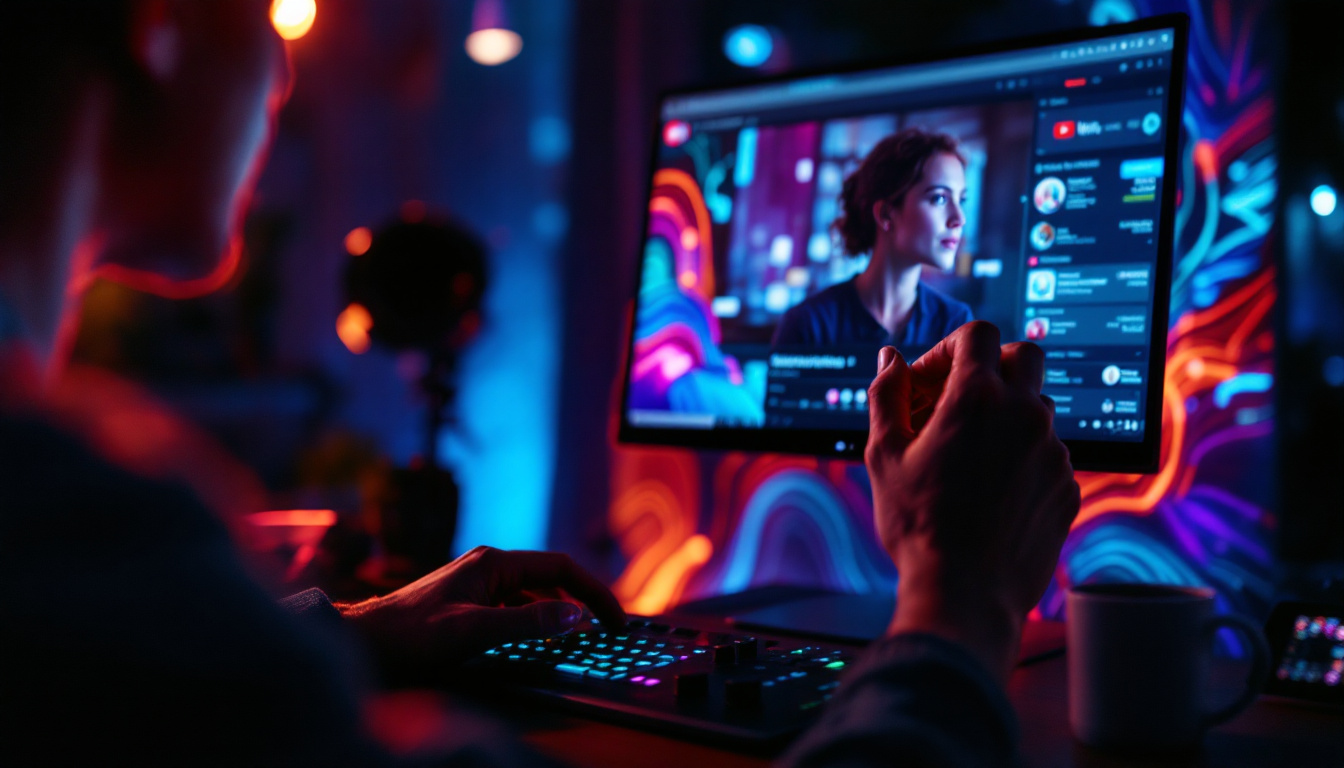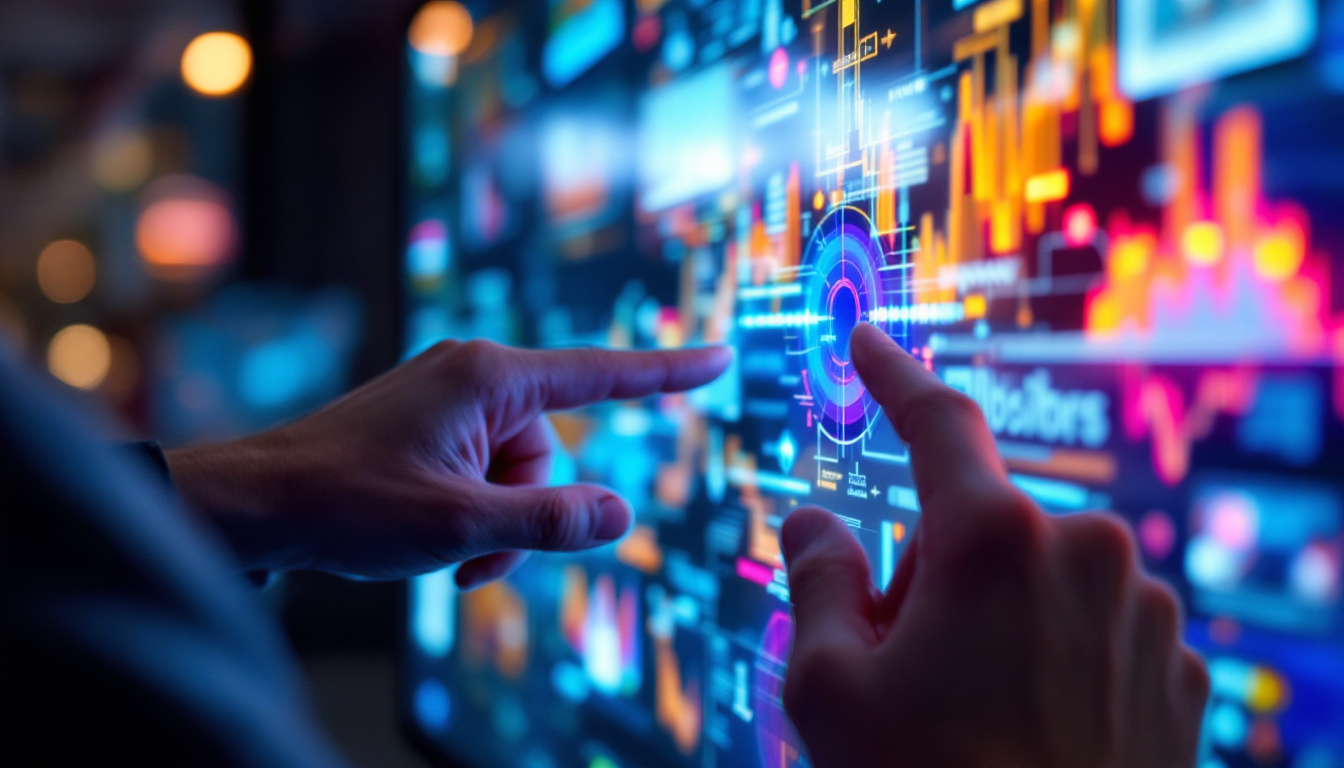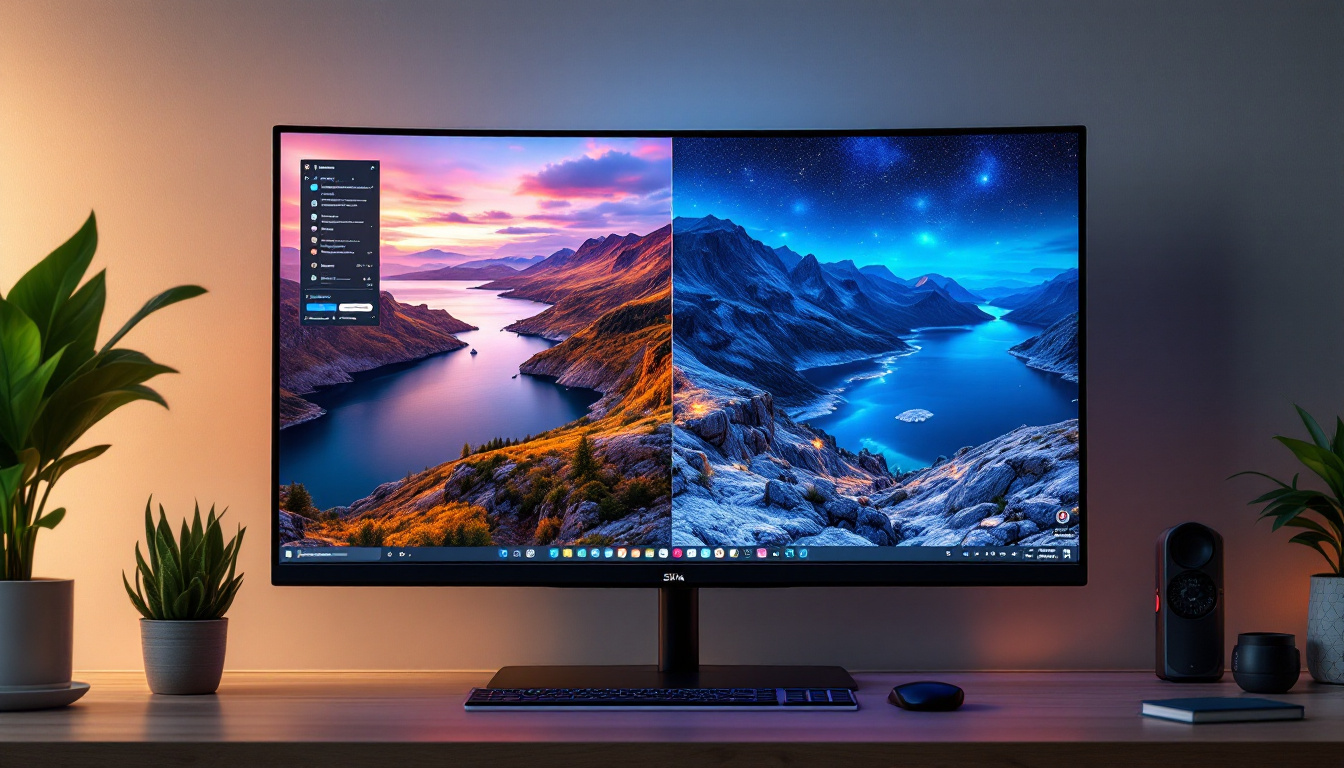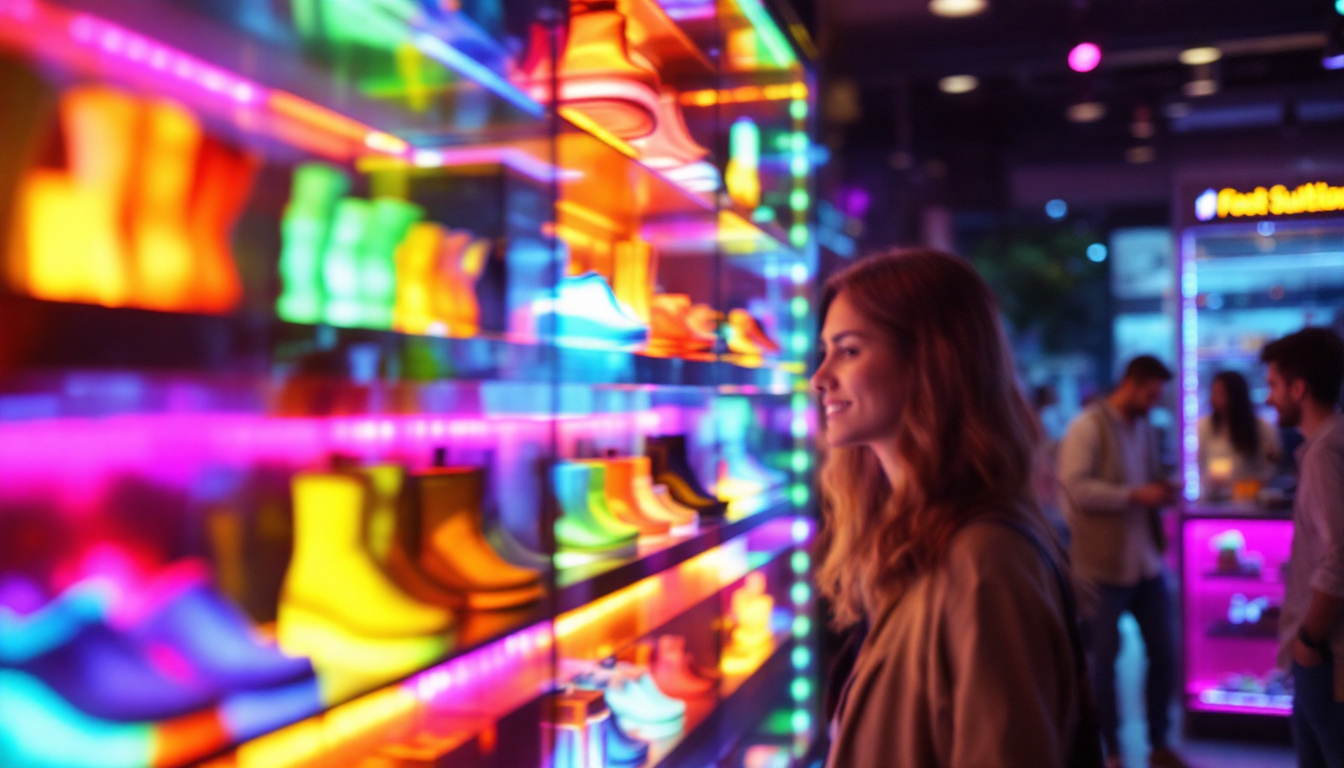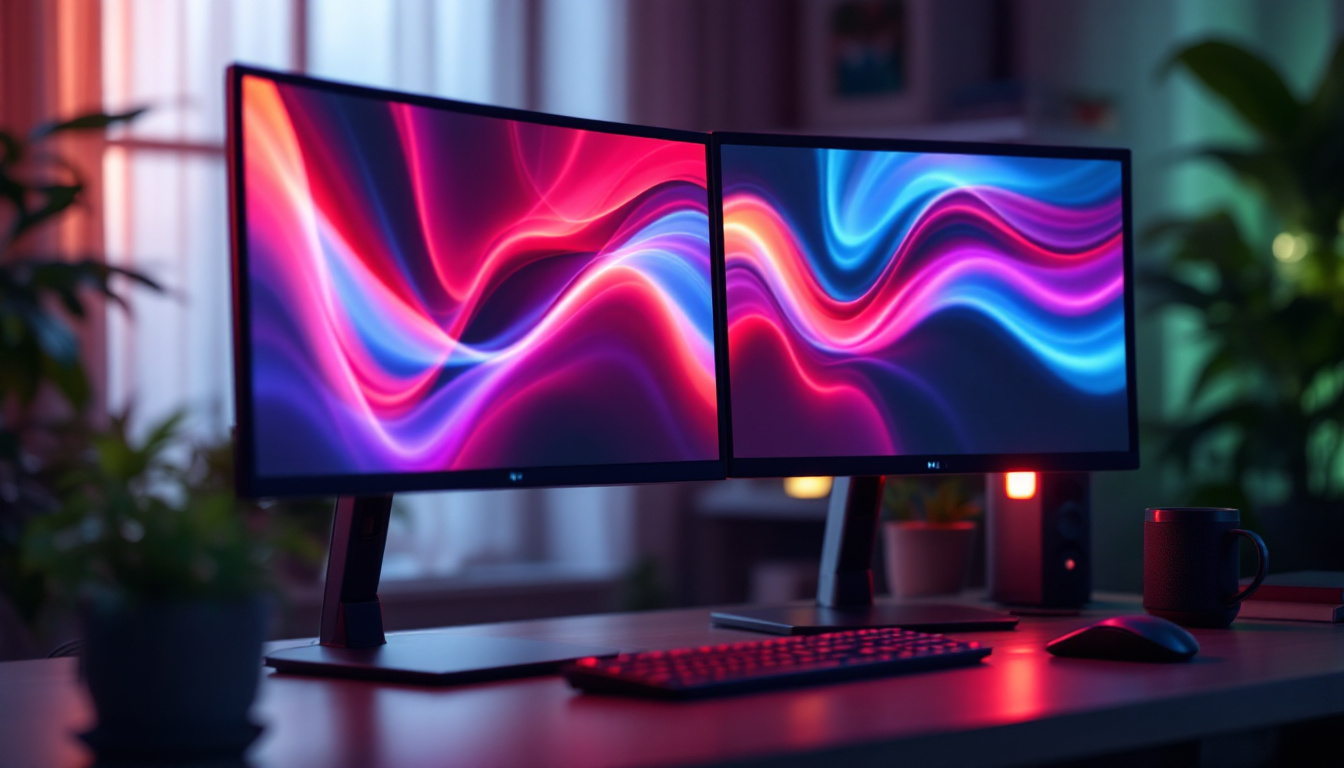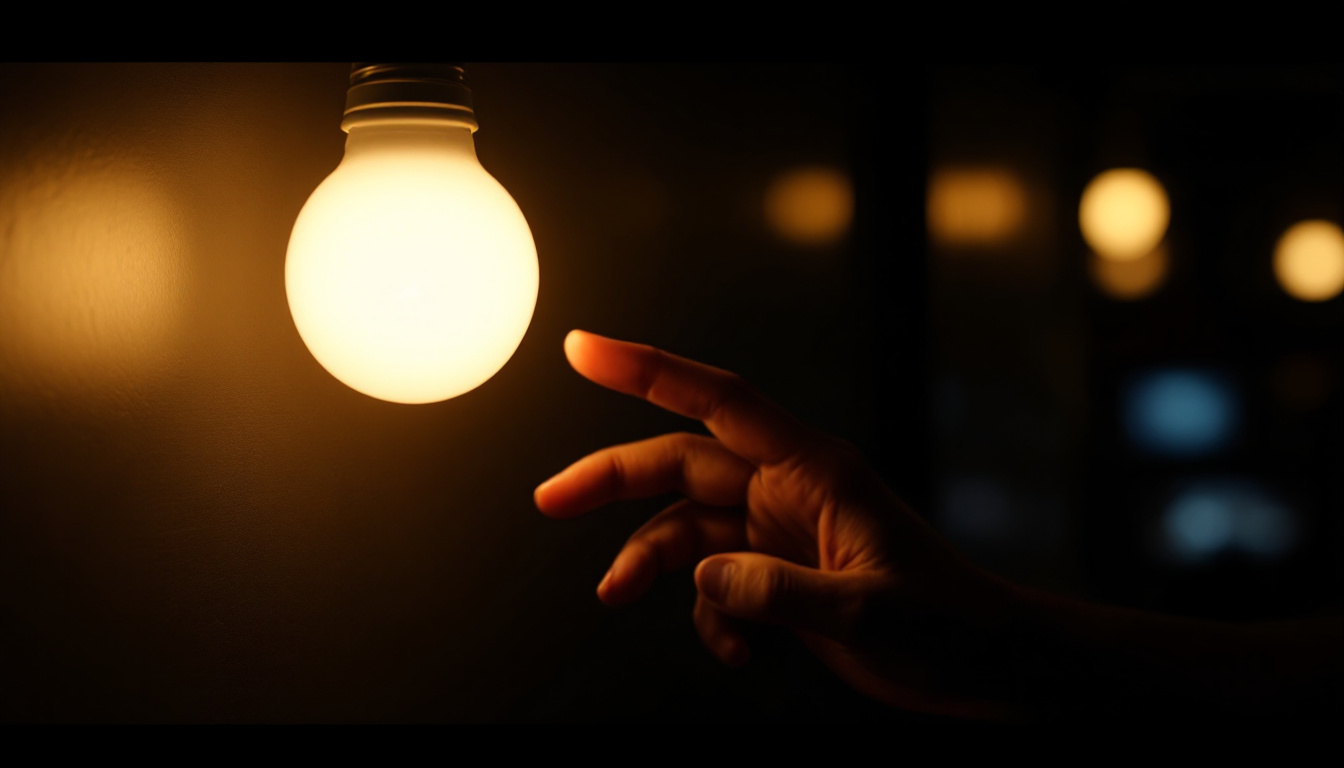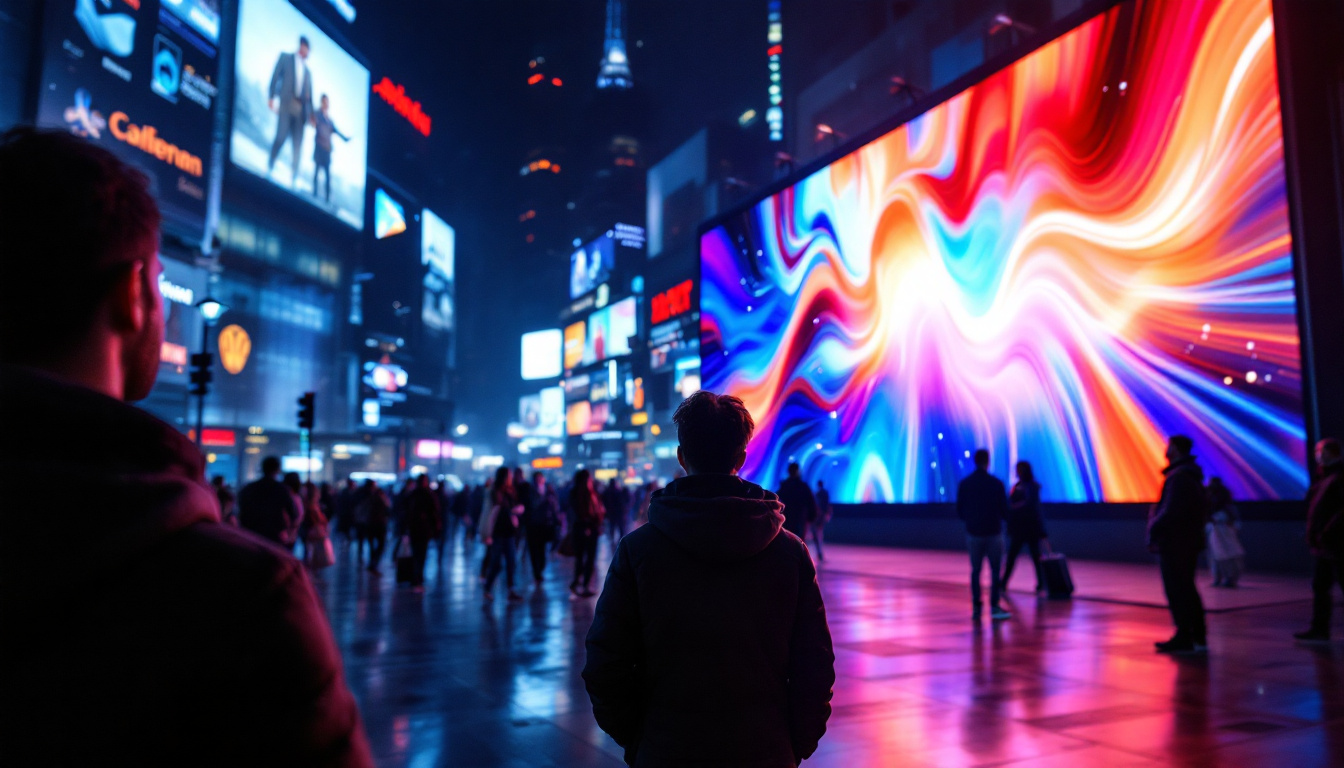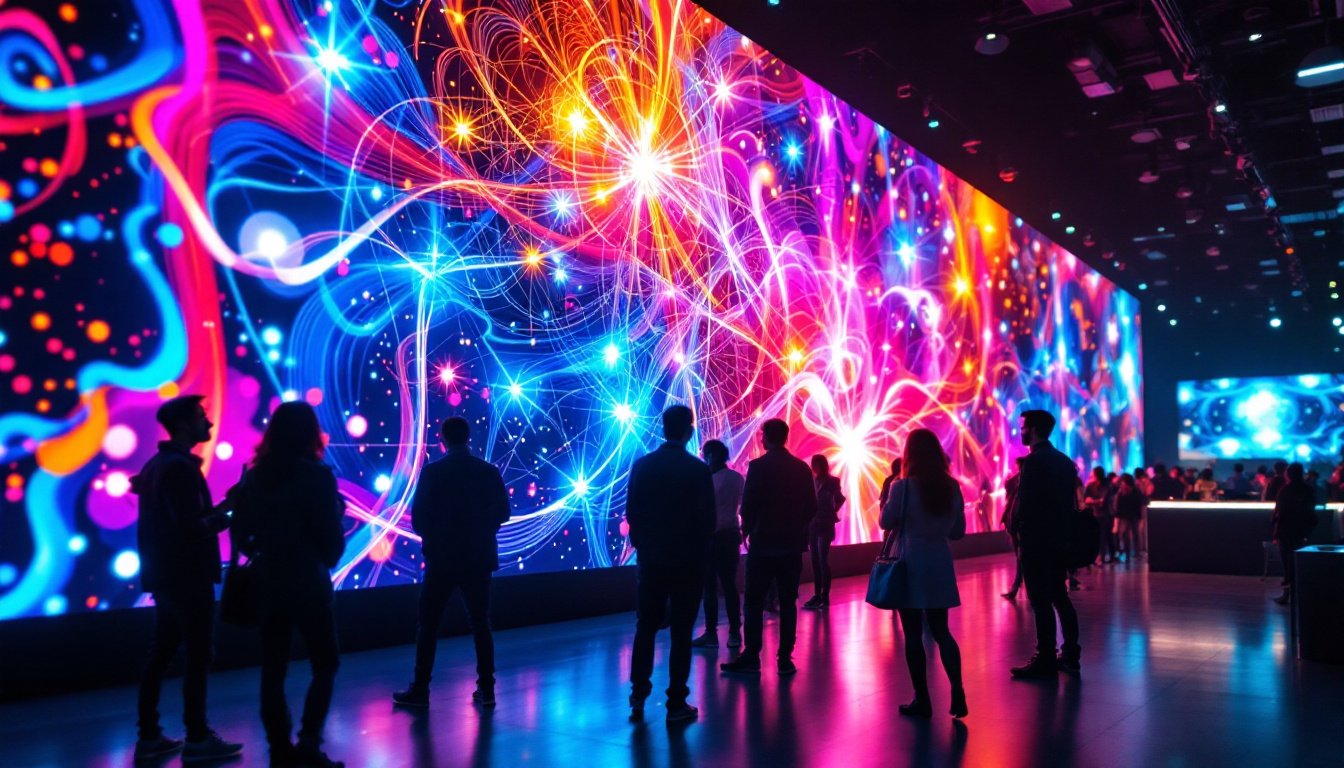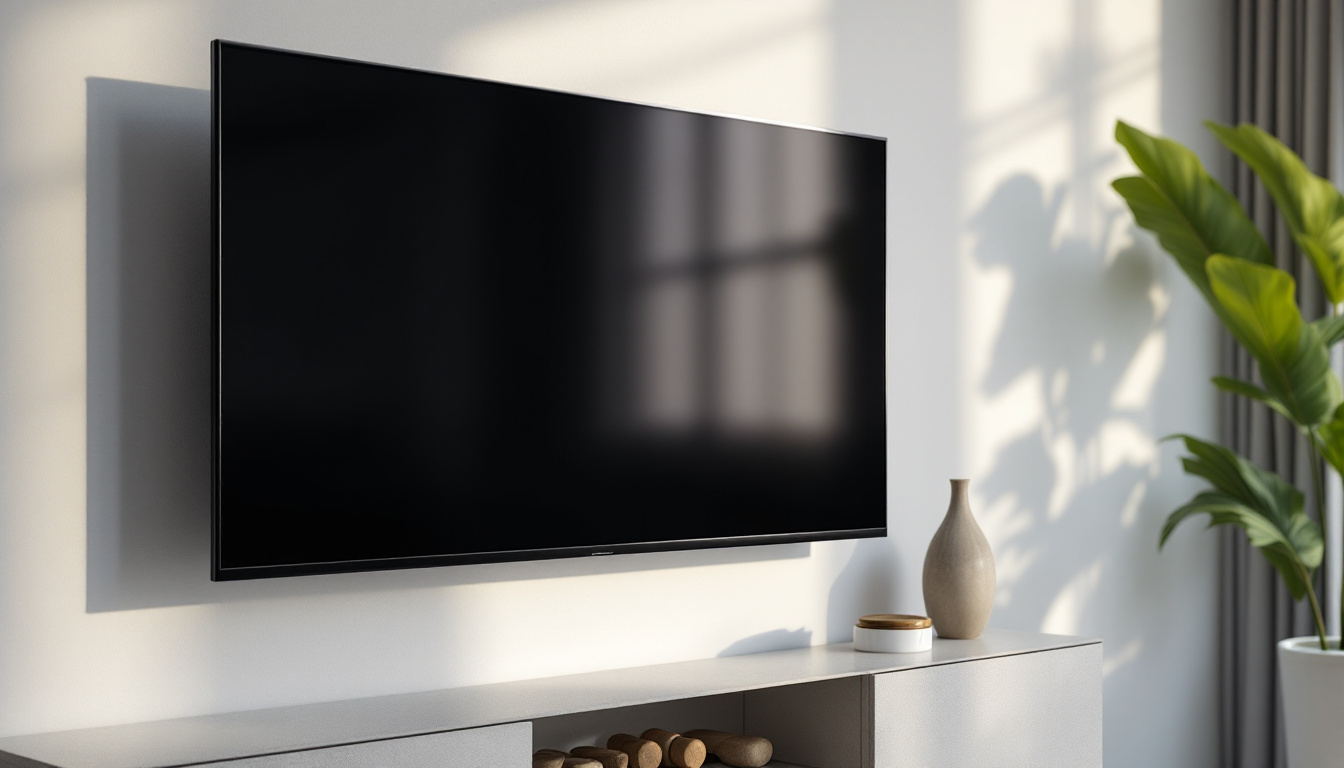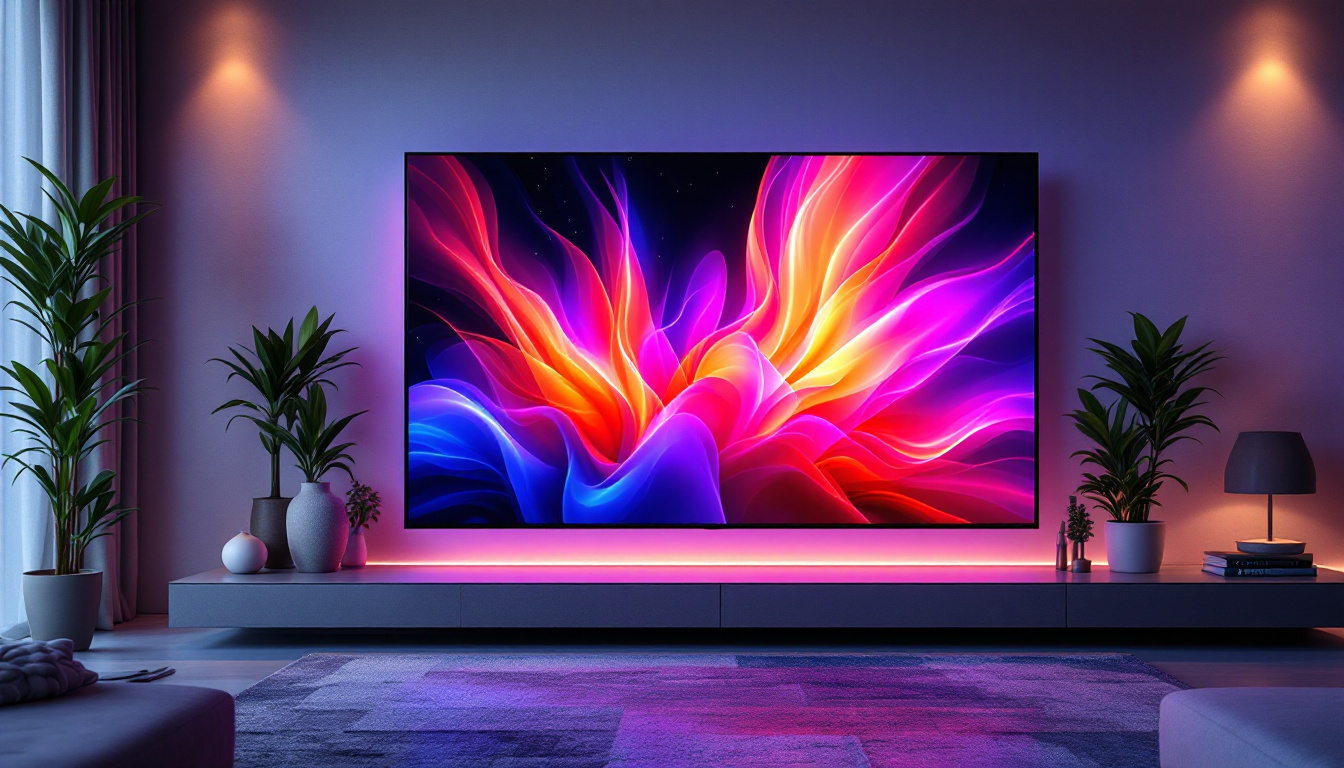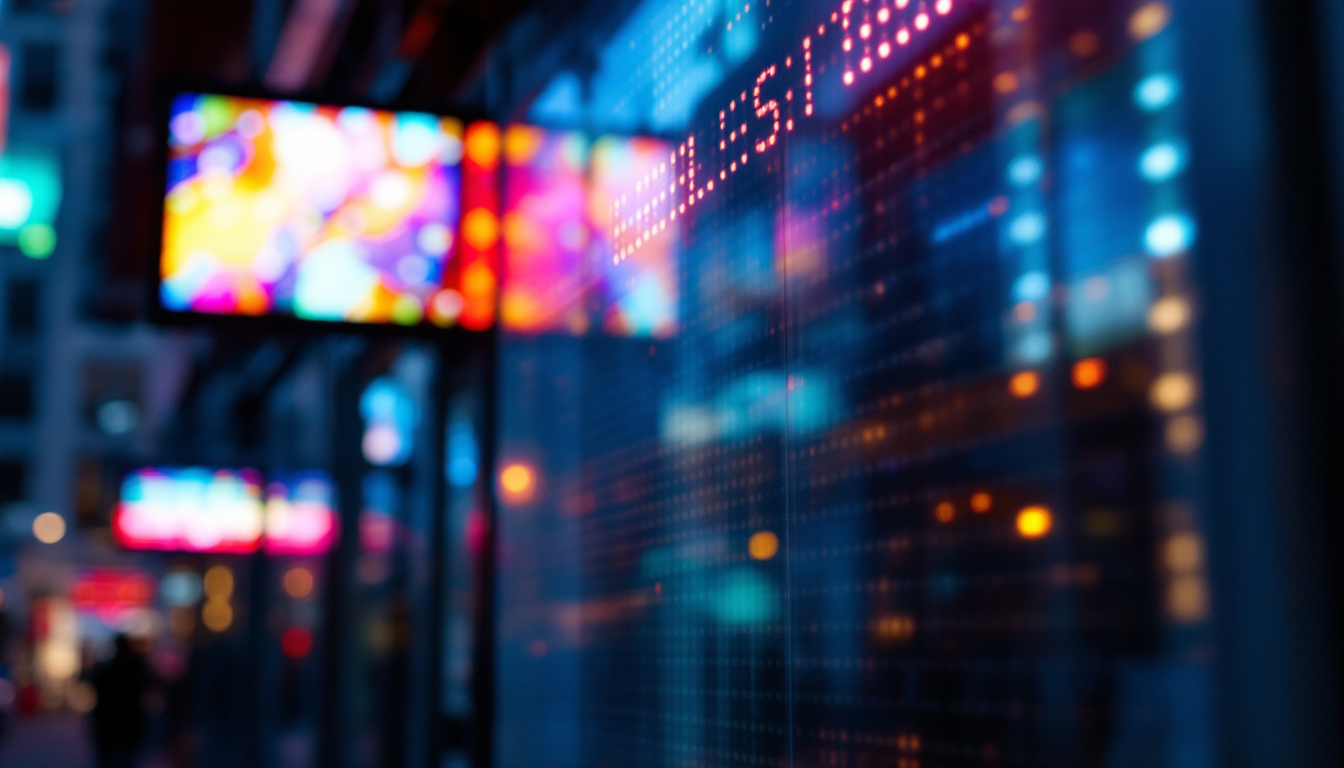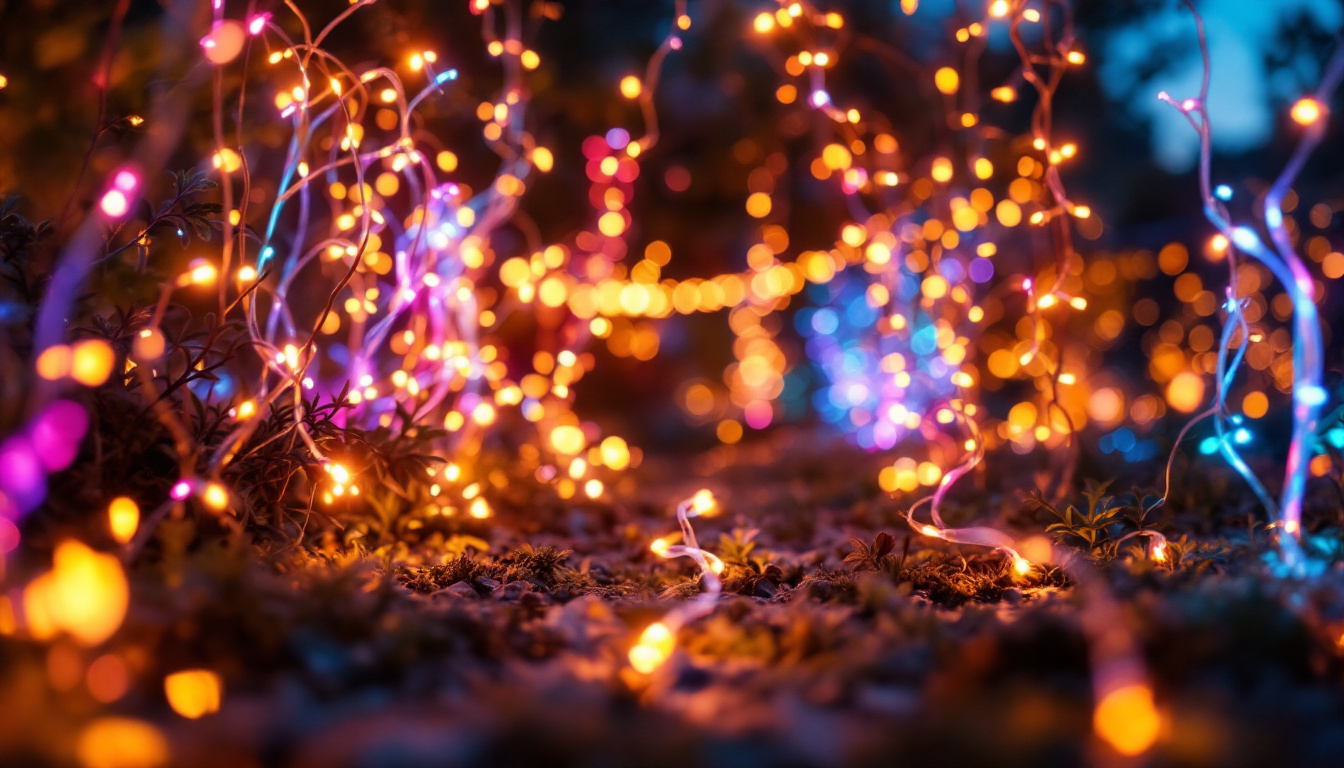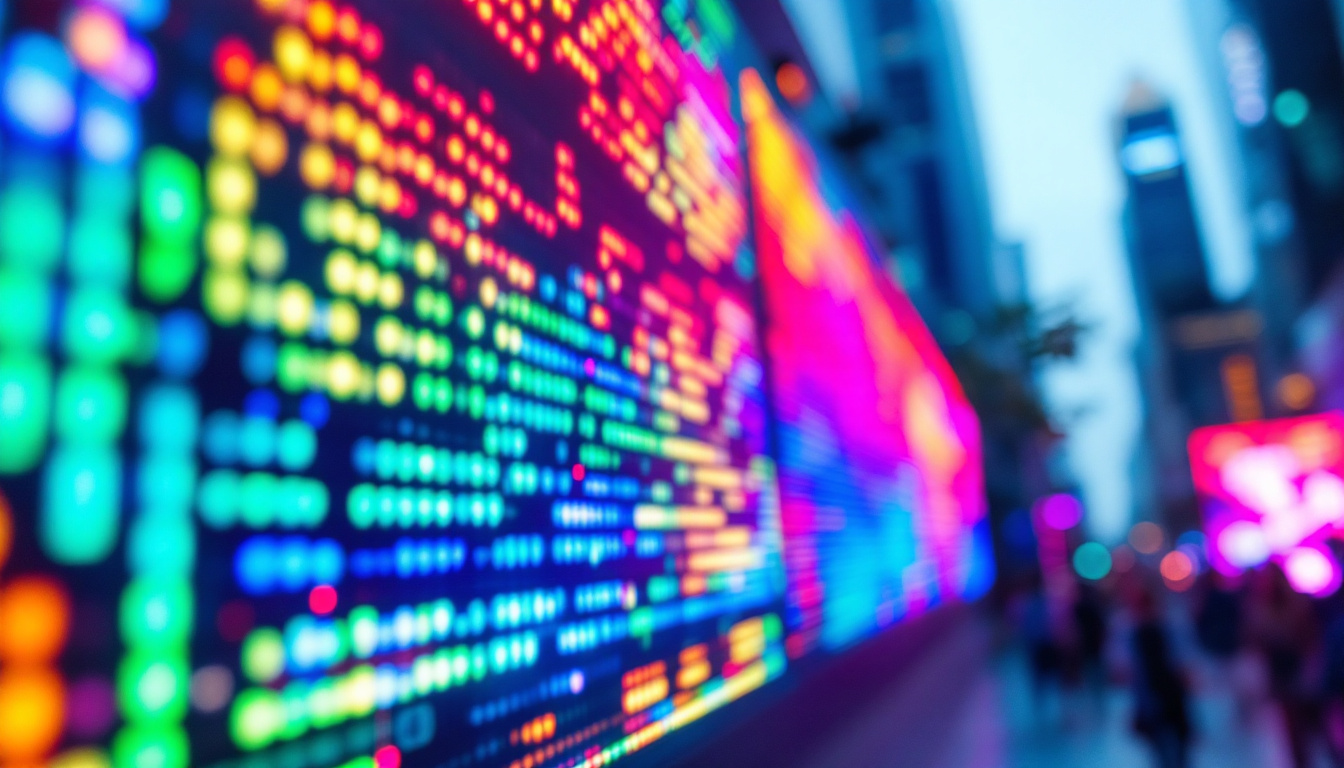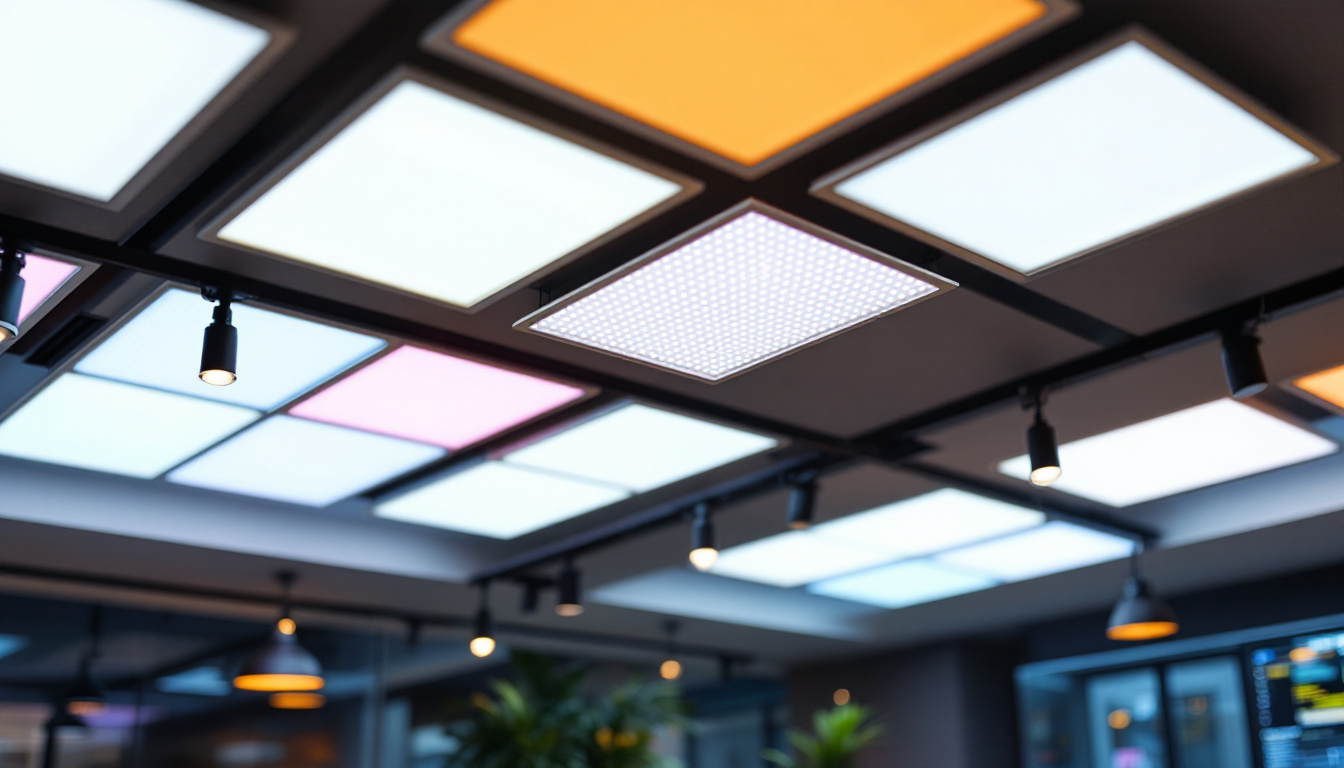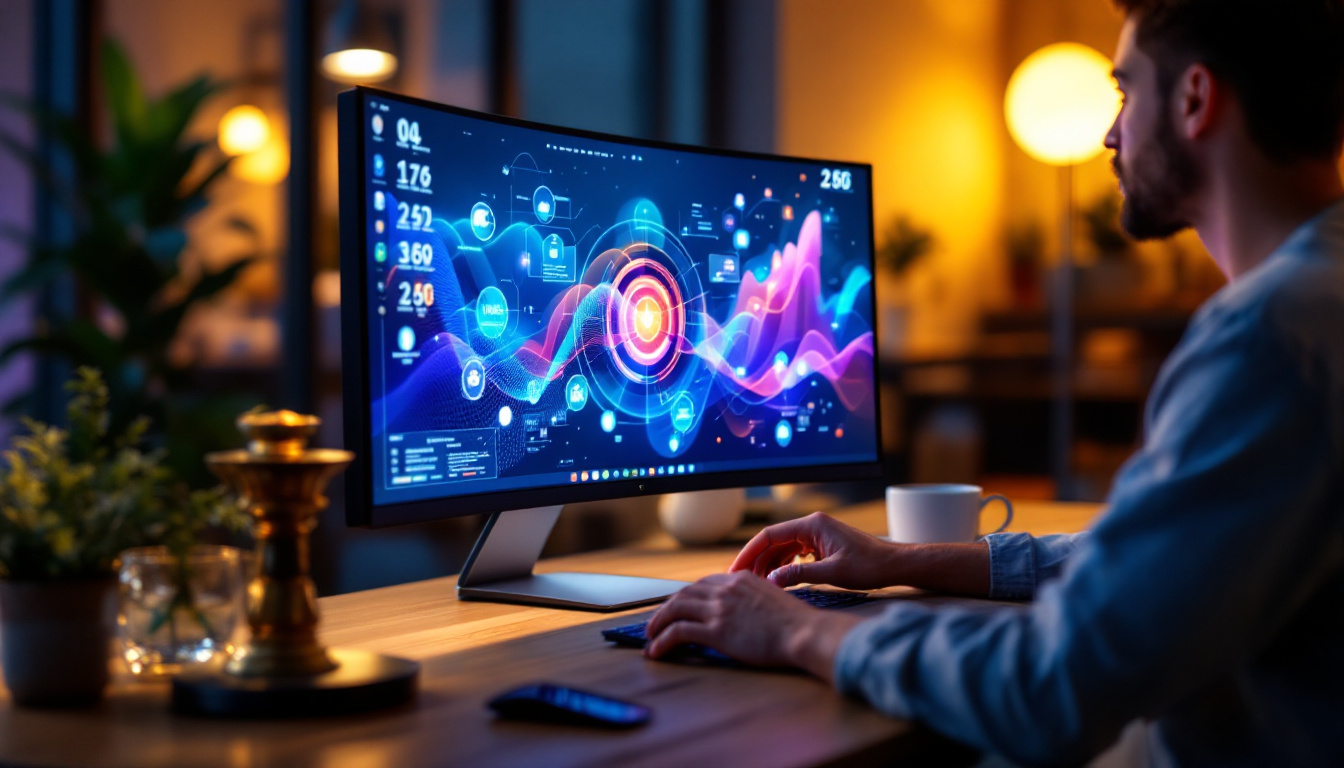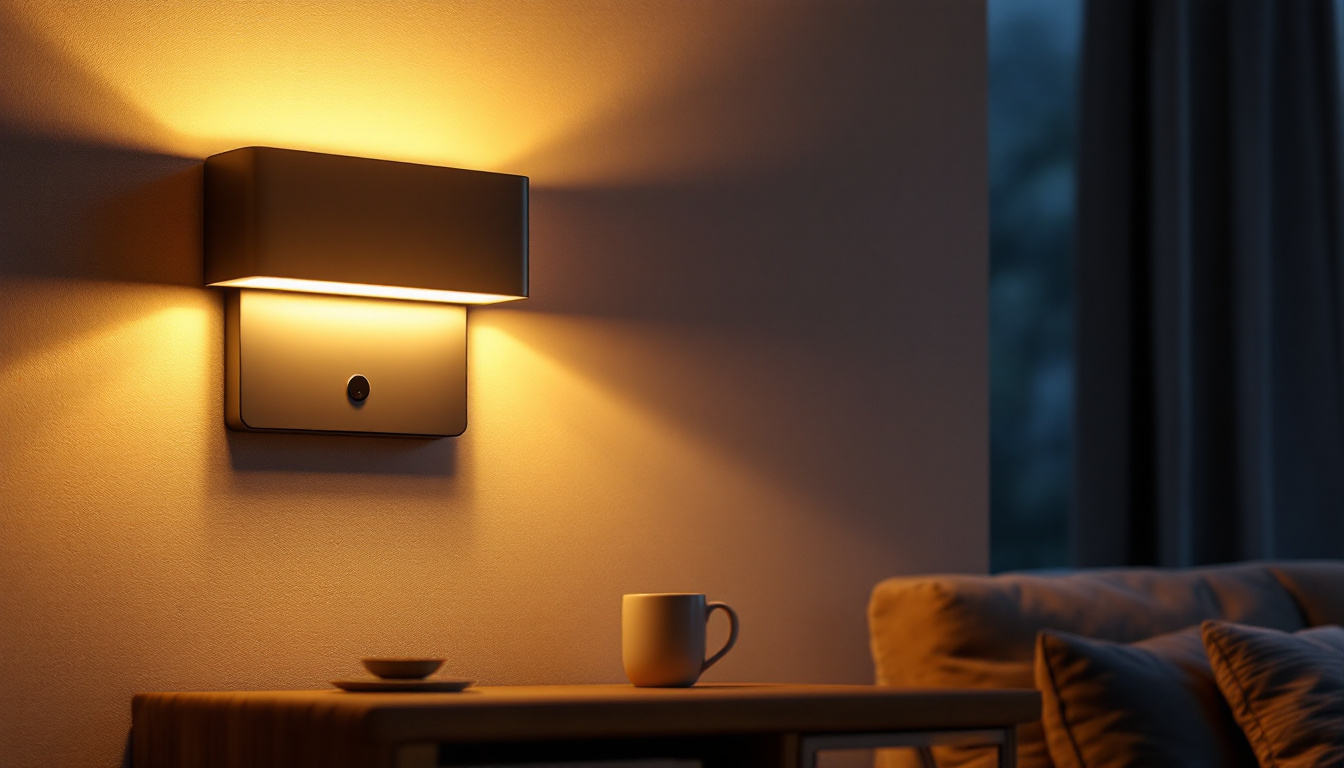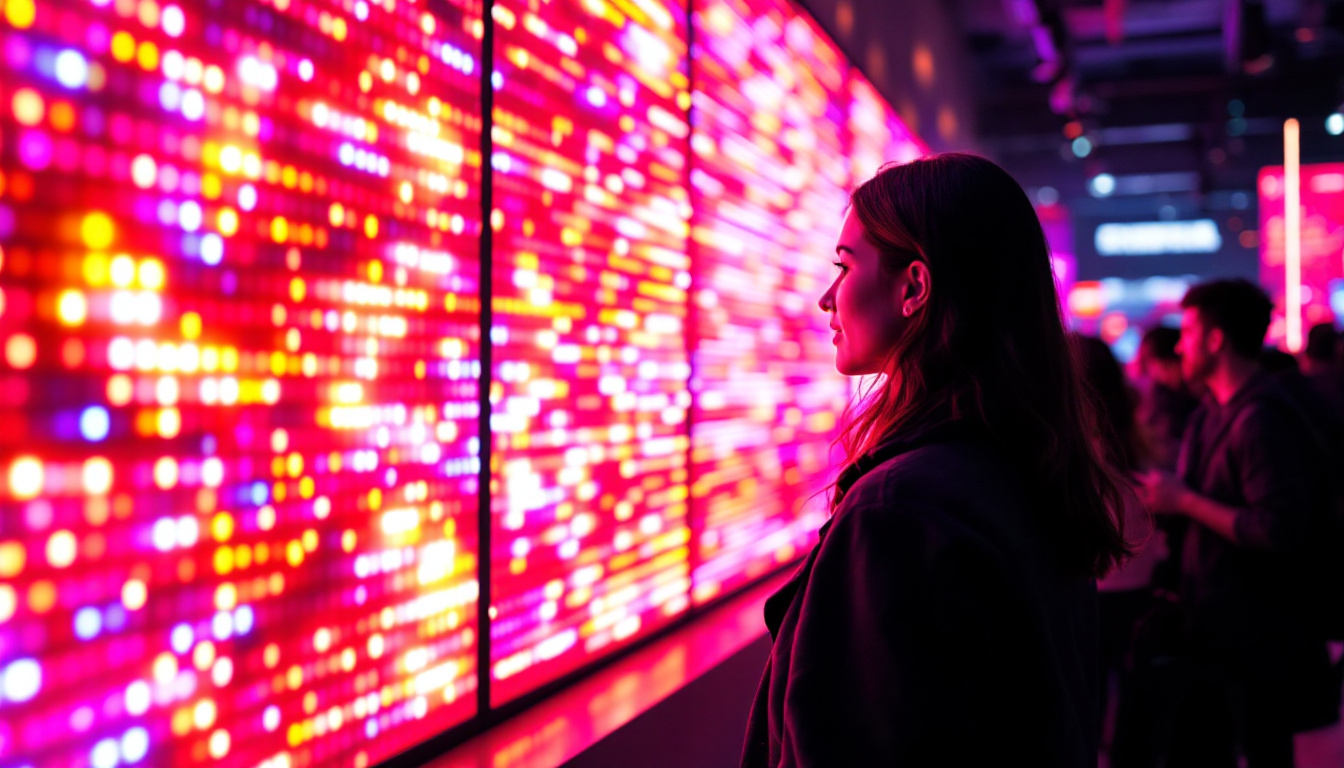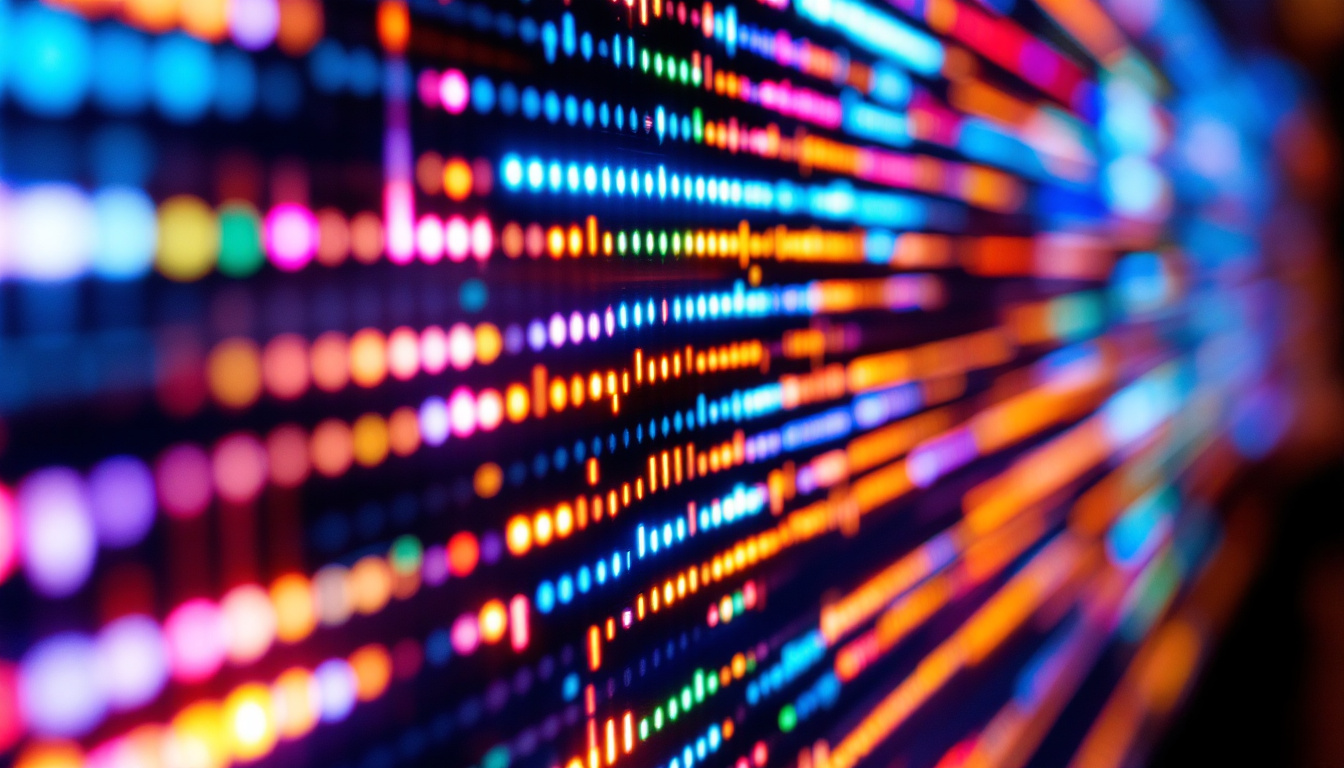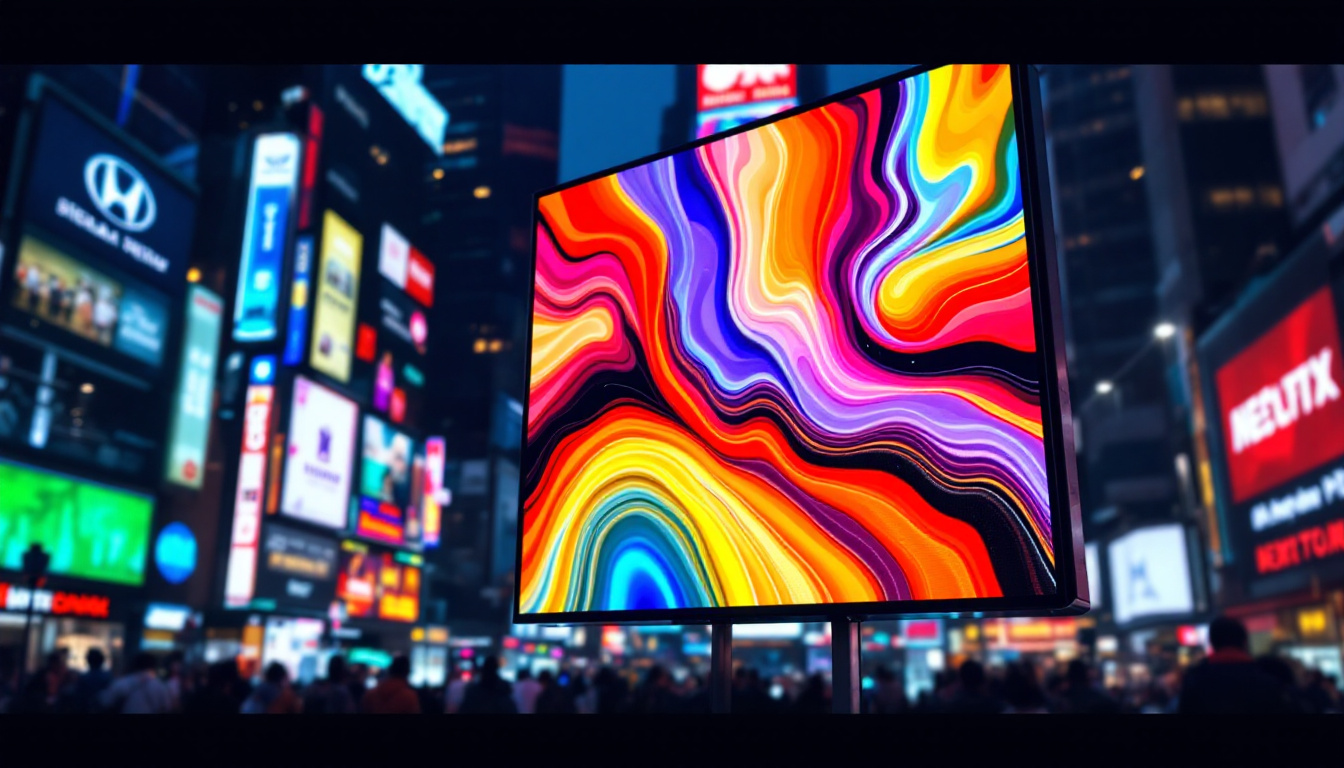YouTube Brightness Control: LED Display Explained
YouTube has become a staple in the digital landscape, serving billions of users worldwide with a vast array of video content. As users engage with this platform, the quality of their viewing experience can be significantly affected by various factors, including screen brightness. This article delves into the intricacies of YouTube brightness control, particularly focusing on LED displays and how they impact video consumption.
Understanding LED Displays
LED (Light Emitting Diode) displays have revolutionized the way we consume visual content. These screens are known for their vibrant colors, high contrast ratios, and energy efficiency. Understanding the fundamental characteristics of LED displays is essential for optimizing the viewing experience on platforms like YouTube.
How LED Displays Work
LED displays utilize a series of diodes that emit light when an electric current passes through them. This technology allows for precise control over brightness and color, producing images that are both vivid and sharp. Unlike traditional LCD screens, which rely on backlighting, LED displays can achieve deeper blacks and brighter whites, enhancing the overall visual experience.
The arrangement of these diodes can vary, leading to different types of LED displays, such as edge-lit and full-array. Edge-lit displays are thinner and often more affordable, while full-array displays offer superior performance in terms of brightness and color accuracy. Furthermore, advancements in technology have led to the development of OLED (Organic Light Emitting Diode) displays, which take the benefits of LED technology even further by allowing each pixel to emit its own light, resulting in unparalleled contrast and color depth. This makes OLED displays particularly popular for high-end televisions and smartphones, where visual quality is paramount.
The Role of Brightness in Viewing Experience
Brightness plays a crucial role in how content is perceived on LED displays. A well-calibrated brightness level can enhance details, improve color accuracy, and reduce eye strain. Conversely, improper brightness settings can lead to washed-out images or overly dark scenes, detracting from the viewer’s experience.
When watching YouTube videos, users may find themselves adjusting brightness levels based on ambient lighting conditions. For instance, a bright room may require higher brightness settings to maintain image clarity, while a dim environment may benefit from lower brightness to avoid glare and discomfort. Additionally, many modern LED displays come equipped with adaptive brightness technology, which automatically adjusts the screen’s brightness based on the surrounding light conditions. This feature not only enhances the viewing experience but also contributes to energy savings, making LED displays an environmentally friendly choice. As viewers become more aware of these features, they can make informed decisions about their display settings, ultimately elevating their content consumption experience.
YouTube’s Built-in Brightness Control
YouTube offers a built-in brightness control feature that allows users to adjust the brightness of videos directly within the platform. This feature is particularly useful for users who frequently switch between different lighting environments or who have specific preferences for video playback.
How to Adjust Brightness on YouTube
Adjusting brightness on YouTube is a straightforward process. Users can find the brightness control slider in the video player interface, typically represented by a sun icon. By dragging the slider left or right, users can decrease or increase brightness levels according to their preference.
This feature is especially beneficial for mobile users, who may watch videos in various lighting conditions. The ability to control brightness directly within the app enhances the overall user experience, making it easier to enjoy content without the need for external adjustments.
Limitations of YouTube’s Brightness Control
While YouTube’s built-in brightness control is convenient, it does have its limitations. The adjustments made within the app only affect the video playback and do not alter the overall display settings of the device. Therefore, if a user is experiencing significant brightness issues, they may need to adjust the device’s display settings in conjunction with YouTube’s controls.
Moreover, the effectiveness of the brightness control can vary depending on the type of display being used. On some LED displays, the adjustments may not yield the desired results, especially if the screen has inherent limitations in terms of brightness and contrast.
Optimizing LED Display Settings for YouTube
To achieve the best viewing experience on YouTube, optimizing LED display settings is essential. This involves adjusting not only brightness but also other settings such as contrast, color temperature, and gamma. Each of these factors contributes to the overall image quality and can significantly impact how videos are perceived.
Brightness and Contrast Settings
Finding the right balance between brightness and contrast is key to enhancing video quality. High brightness levels can make colors appear more vivid, but excessive brightness may lead to loss of detail in lighter areas of the image. Conversely, low brightness can result in a lack of detail in dark scenes.
To optimize these settings, users should experiment with different brightness and contrast levels while watching a variety of videos. This trial-and-error approach can help identify the perfect combination that enhances the viewing experience without compromising image quality.
Color Temperature Adjustments
Color temperature refers to the warmth or coolness of the light emitted by a display. Adjusting the color temperature can have a profound effect on how colors are rendered on the screen. A cooler color temperature (higher Kelvin value) can make images appear more vibrant, while a warmer temperature (lower Kelvin value) can create a softer, more comfortable viewing experience.
For YouTube content, a neutral color temperature is often recommended, as it allows for accurate color representation. However, personal preferences may vary, and users may choose to adjust this setting based on the type of content they are watching.
Gamma Settings and Their Impact
Gamma settings control the brightness of mid-tones in images, affecting how details are displayed in both shadows and highlights. Adjusting gamma can help enhance the overall dynamic range of the display, making videos appear more lifelike.
For YouTube videos, a gamma setting that closely matches the content’s intended brightness level is ideal. Users can test different gamma settings while watching various types of videos to determine which setting provides the most pleasing visual experience.
Common Issues with LED Displays and YouTube
Despite the advantages of LED displays, users may encounter several common issues that can affect their YouTube viewing experience. Understanding these problems and their potential solutions can help ensure a smoother and more enjoyable experience.
Screen Flickering
Screen flickering is a common issue that can arise from various factors, including refresh rate settings, cable connections, or even the display’s inherent characteristics. This flickering can be particularly distracting during video playback on YouTube.
To address screen flickering, users should first check their display settings and ensure that the refresh rate is set correctly. Additionally, inspecting cable connections and replacing any damaged cables can help mitigate flickering issues. In some cases, adjusting the brightness and contrast settings may also alleviate the problem.
Color Banding
Color banding occurs when there are noticeable transitions between colors, resulting in a lack of smooth gradients. This issue can be particularly evident in videos with subtle color variations, such as skies or shadows.
To reduce color banding, users can adjust their display settings to enable features such as dithering or color depth enhancements. Additionally, ensuring that the video quality settings on YouTube are set to the highest resolution can help minimize banding effects.
Inconsistent Brightness Across Different Videos
Another common issue users may face is inconsistent brightness levels across different YouTube videos. This can result from how the content was produced or uploaded, leading to variations in brightness that can be jarring during playback.
To address this inconsistency, users can utilize YouTube’s brightness control feature to manually adjust brightness levels as needed. Additionally, using a video calibration tool can help ensure that the display settings are optimized for a wide range of content.
Advanced Techniques for Brightness Control
For users seeking to take their YouTube viewing experience to the next level, several advanced techniques can enhance brightness control and overall image quality. These techniques often involve utilizing additional software or hardware solutions.
Calibration Tools
Calibration tools are essential for achieving the best possible display settings. These tools can help users fine-tune brightness, contrast, color temperature, and gamma settings to match industry standards. Many calibration tools are available, ranging from software applications to hardware devices that connect directly to the display.
Using a calibration tool can significantly improve the accuracy of colors and brightness levels on LED displays, resulting in a more immersive viewing experience on YouTube. Regular calibration is recommended to maintain optimal settings, especially as display technology evolves.
External Brightness Controllers
For those who require more precise control over brightness levels, external brightness controllers can be an effective solution. These devices allow users to adjust brightness settings independently of the device’s built-in controls, providing greater flexibility and customization.
External controllers can be particularly useful for users who frequently switch between different content types or lighting conditions. By having dedicated hardware for brightness control, users can quickly adapt their display settings to suit their viewing environment.
Software Solutions for Enhanced Control
Various software solutions are available that can enhance brightness control and overall display performance. These applications often provide advanced settings for adjusting color profiles, brightness levels, and other display parameters.
Using software solutions can be particularly beneficial for users who engage in video editing or content creation, as they require precise control over display settings to ensure accurate color representation. For YouTube viewers, these tools can enhance the overall experience by providing more control over how content is displayed.
Conclusion
Understanding YouTube brightness control and its relationship with LED displays is essential for optimizing the viewing experience. By mastering the built-in brightness controls, optimizing display settings, and addressing common issues, users can significantly enhance their enjoyment of YouTube content.
As technology continues to evolve, staying informed about advancements in LED display technology and brightness control techniques will ensure that viewers can enjoy their favorite videos in the best possible quality. Whether through manual adjustments, calibration tools, or software solutions, the right approach can transform the way users experience YouTube.
Enhance Your YouTube Experience with LumenMatrix
Ready to take your YouTube viewing to the next level? Discover the unparalleled clarity and vibrant visuals with LumenMatrix’s innovative LED display technology. From the comfort of your home to the excitement of outdoor venues, our extensive range of LED display solutions, including Indoor and Outdoor LED Wall Displays, Vehicle LED Displays, and more, are designed to bring your favorite videos to life. Elevate your visual experience and make a lasting impression with our cutting-edge displays. Check out LumenMatrix LED Display Solutions today and transform the way you watch YouTube.

